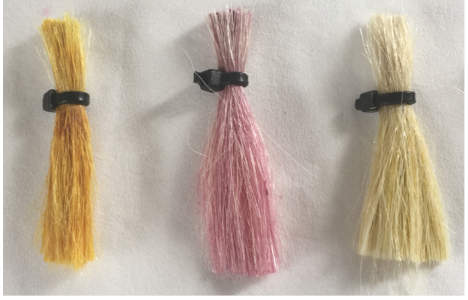BioBoost partner NIAB has led the project activities for valorisation of crop co-products to produce new products for cosmetics. In order to ensure economic outcomes and continuity of the initiative beyond the scope and lifetime of the project, NIAB has worked very closely with SME’s in the Eastern Agri-Tech Innovation Hub (EAIH) incubator north of Cambridge. NIAB has worked especially closely with Steve Taylor MD of Celbius Ltd and Zembra Ltd, who is a licensee based at EAIH and an expert in this field. Working with Steve and others NIAB set up a pilot plant at the site and delivered data out of that initiative. NIAB has set up a pilot plant at the EAIH with designated workspace and equipment. NIAB identified crop co-product and waste feedstocks and collaborated with commercial growers; especially, RW Walpole to provide Blackberry and Blackcurrant waste for this project.
By enabling contact between Steve Taylorand Bonnie Mitchell, a business consultant with contacts in the health and beauty industry, NIAB has escalated the Route to Market for CelbiusLtd to a much higher level. These contacts are currently sourcing funding to upscale processing based on a pilot to pre commercialisation.
UK Blackberries Growers are facing a new problem to economic production caused by the spotted wing Drosophila, unlike other species of fruit fly, this species lays its eggs within the undamaged fruit. In order to minimise the chance of attack, blackberry farmers must now strip off all remaining fruit and remove it from the environment after the main harvest. This wasteis now available to be used in alternative products and has led to the availability of large amounts of blackberry and other fruit waste. Using this crop product the NIAB team has investigated sonic-assisted biotransformation of a purified anthocyanin extract seeking new derivatives, for the future development of new natural safe products, for example as colourants and preservatives in cosmetic products.
NIAB has also been investigating the market for brown colourants in the retail and professional hair product markets. The majority of feedstock’s for brown colourants are almost all synthetic chemical products. However, there are a few notable exceptions such as henna, which has a long history of use in this area. This activity within the BioBoost project sought to investigate whether alternative sources of brown colours could be obtained from crop co-products and waste material, with an emphasis on avoidance of toxic solvents and extensive chemical processing. Three potential sources of brown colourant were investigated, namely spent coffee grounds, olive pomace (imports) and UK walnut skins. A green extraction protocol was demonstrated for the brown pigment in walnut skins using only water as the solvent. The material can readily be purified further by adsorption onto a polyacrylic resin followed by bioethanol desorption. Initial trials for binding to hair met with limited success, but different formulations and methods may solve this in future.
Main findings are:
